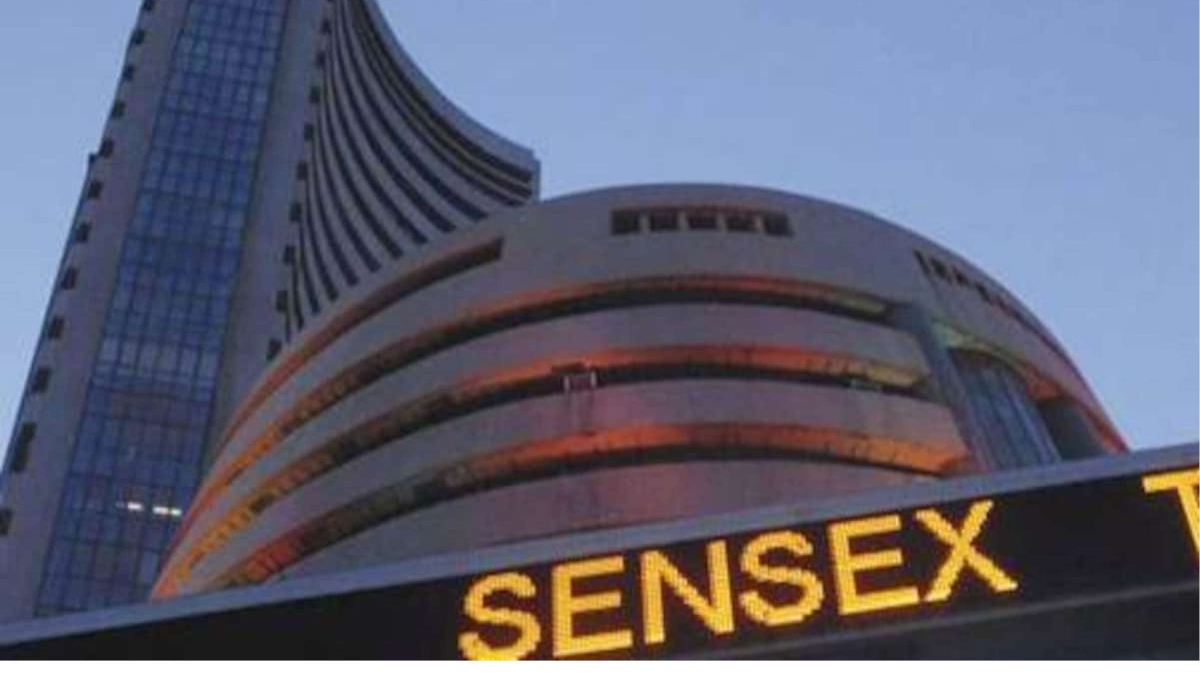Sensex at 50,000 is, indeed, a proud day not only for the markets and investors, but for the economy also. The market is regarded as the barometer of the economy with a potential to discount the future. If this is true, the Indian economy is on a strong comeback trail with important implications for markets.
There are several highs in the market now. Globally liquidity is at a record high and consequently FPI flows are at record highs. Supporting the capital flows, Q2 corporate earnings also are at record highs and early results suggest the continuation of this trend in Q3 too. Reflecting sharp rebound in economic activity, GST collections (Rs 1.15 lakh crore in December 2020) are at record highs.
There are some macro variables that are negatively correlated to the markets. These variables, like interest rates and corporate taxes are at record lows. The tailwinds of these highs and lows have combined to take the market to record highs.
A question that is often asked during such record levels is: What should investors do now? One important lesson from stock market history is that it is very difficult, almost impossible, to time the markets. That’s a tough call even during normal times, made tougher in these abnormal times.
Let’s be clear about some important facts. The market is overvalued from the perspective of PE multiple and Market cap to GDP. One year forward PE is around 24 and market cap to GDP ratio is above 1. The over valuation is around 50 per cent higher than historical averages. But it is important to remember that markets can remain over-valued, even irrational, over an extended period of time. It is equally important to appreciate the fact that global liquidity is abundant and developed market interest rates are expected to remain near zero through 2023. This will sustain capital flows to emerging markets like India keeping the markets buoyant.
Two things can happen: One, if the economic growth and corporate earnings recovery, currently underway in India, gathers momentum, markets will remain buoyant and can go higher. There are optimists who believe that the next few years are likely to witness sustained impressive GDP growth rate and corporate earnings. If this scenario pans out, the bull may charge higher from here. On the other hand, if growth recovery loses steam domestically and inflation returns in the developed world forcing the central banks to exit from the loose monetary policy, there will be capital outflows from emerging markets like India leading to sharp corrections, even big crashes. Let’s keep our fingers crossed.
A big lesson from the stock market history is that wealth is created by remaining invested in the market and not by moving in and out of markets, at regular intervals. Investing in high quality growth companies—consistent compounders—is the time tested fool-proof strategy for wealth creation. So, remain invested in high quality large-caps and invest in mid-small-caps through the SIPs in mutual funds. Many low-quality stocks too have run up in this euphoria. Even good portfolios will have some laggards like that. This is the best time to get rid of such non-performers. As the saying goes, “water the plants and remove the weeds.”
The writer is the Chief Investment Strategist at Geojit Financial Services. The views expressed are personal.






















